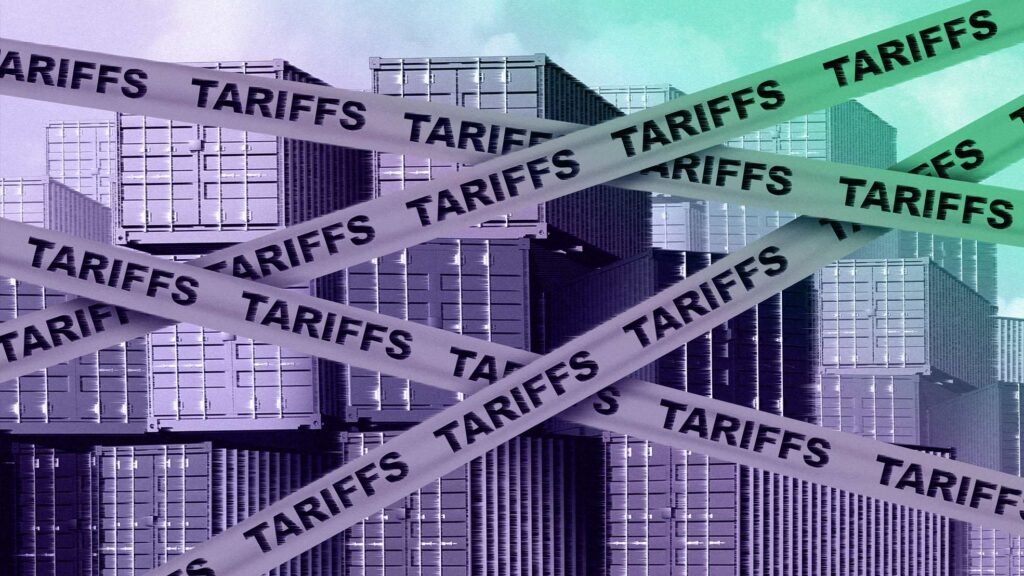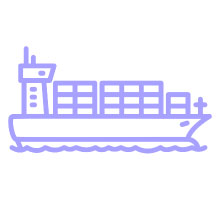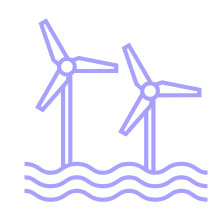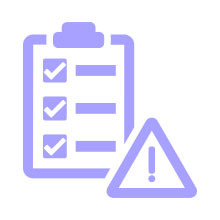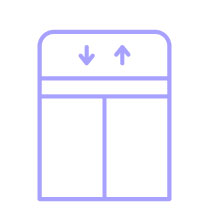I’m going to go out on a limb and guess that most people reading this didn’t have a great week. Capstone has been on the record since shortly after the election, saying that we thought President Trump was going to take a swing at the US’s major non-China trading partners and later that his threats of a 60% tariff on all Chinese imports were real. Despite this, even I was shocked by the extent of what President Trump announced on Wednesday.
For reference, in one of our last notes before “liberation day,” we said we expected tariffs of 25% or less to be imposed on a basket of countries with which the US has a significant goods trade deficit. I recall thinking that might be a bit out of consensus, given all the stories about tailoring the tariffs and the Trump administration’s leniency that were circulating at the time. I guess we should have asked more questions about how President Trump really feels about Lesotho.
Here at Capstone, we take pride in making informed policy predictions for our clients. In that spirit, here’s what we think comes next:
1. Wait, There’s More!
I still believe there will be more product-specific investigations and additional tariffs. There may be some exporters that look to the list of exempted products contained in Annex II of President Trump’s reciprocal tariff executive order and think they are in the clear because the thing they care about is on that list. It might be true for some products, but don’t get too comfortable. In a lot of cases, it may be the opposite. I think it is clear this administration wants to impose tariffs on imports of copper and lumber (both products that appear in Annex II) as a result of investigations it has already initiated and that investigations into the pharmaceutical and semiconductor supply chains (also in Annex II) are coming next. Tariffs imposed as a result of these investigations may prove to be more durable than the reciprocal tariffs imposed by President Trump as they are less vulnerable to legal challenges and less likely to attract political scrutiny.
I still believe there will be more product-specific investigations and additional tariffs.
2. Some of this will get rolled back…
I think we will see some deals to lower or avoid the reciprocal tariffs that were announced this week. I continue to believe that the UK, Australia, and India are best positioned in the near term. South Korea, Japan, and Israel are also on my watch list. With time, others may join them. I think that in a lot of ways, the tariffs imposed on imports from Canada and Mexico are leverage the Trump administration intends to use as it heads into USMCA negotiations. I also think some kind of product-specific exclusion process will be established at some point.
3. …But not rolled back as much as you probably want
I wish I shared the market’s optimism on Vietnam. Shares of clothing brands like Nike and Lululemon surged after President Trump posted on Truth Social about a positive meeting with the General Secretary of the Communist Party of Vietnam. I’m not buying it yet, and at some level, I think President Trump’s tweet was performative. I think most people probably believe me now when I say these tariffs are about much more than just other countries’ tariff rates. Vietnam’s average most-favored nations rate assessed in 2024 was 9.4%, but President Trump imposed a 46% tariff on imports from Vietnam. The US trade deficit with Vietnam is bigger than its deficit with India and Japan combined. As a communist country, Vietnam’s economy is similar to China’s in many ways, a fact that was not lost on President Trump during his first term when his administration targeted Vietnam with a Section 301 investigation. Vietnam and many other countries will have a lot of work to do to win over President Trump.
4. A lot of this will be structural
While I don’t think the tariff rates announced by President Trump on Wednesday will become our new economic norm in the long run, and I do think some countries may escape them entirely, I do think some tariffs are likely to endure. President Trump doesn’t want to negotiate against himself. If we start with that assumption, why would he start his tariffs at the midpoint of what he actually wanted? One rule of thumb I have heard a few times is that when it comes to tariffs, rates under 25% tend not to be prohibitive to imports coming in. The tariffs are paid, the government brings in some revenue, and often, little changes other than how much is bought. On the other hand, tariffs over 25% can result in significant shifts. I don’t subscribe to the Mar-a-Lago accords theory. But I do think President Trump has some clear goals here. I think President Trump’s goal is to impose tariffs on the rest of the world and use them to both secure favorable concessions for US businesses and generate revenue. President Trump has spoken frequently about his desire to create an “External Revenue Service.” I think he genuinely believes Americans do not bear the costs associated with tariffs and that tariffs represent an easy way to get other countries to fund his legislative agenda. President Trump and many around him believe broad tariffs on the rest of the world are necessary to help US manufacturers overcome the strength of the dollar and that, as a result, some level of tariffs must be maintained. Taking all of this together, I believe the 10-20% number that President Trump promised during the campaign represents a middle ground for many countries that might be palatable to him. It allows him to keep a signature campaign promise, it raises revenue, and compared to where we are now, it offers some relief to markets. Notably, this also conveniently lines up (at least partially) with the initial 10% rate that took effect yesterday.
While I don’t think the tariff rates announced by President Trump on Wednesday will become our new economic norm in the long run…I do think some tariffs are likely to endure.
So, where does that leave us? It’s impossible to say what level of economic carnage will be enough to convince President Trump it’s time to start striking deals or how long it will take him to secure them. Capstone’s trade team will continue to closely monitor developments and their impact on the sectors we cover for our clients. But if there’s one thing the people I speak to this agree on, it’s that even the tariff man has his limits.
Read more of Capstone’s trade coverage:
Expect More Policy-Driven Volatility from Reciprocal Tariffs
The Rules of Trump’s Trade War
Tariff Tango: Trump’s Trade Moves to Shake Up Global Markets
